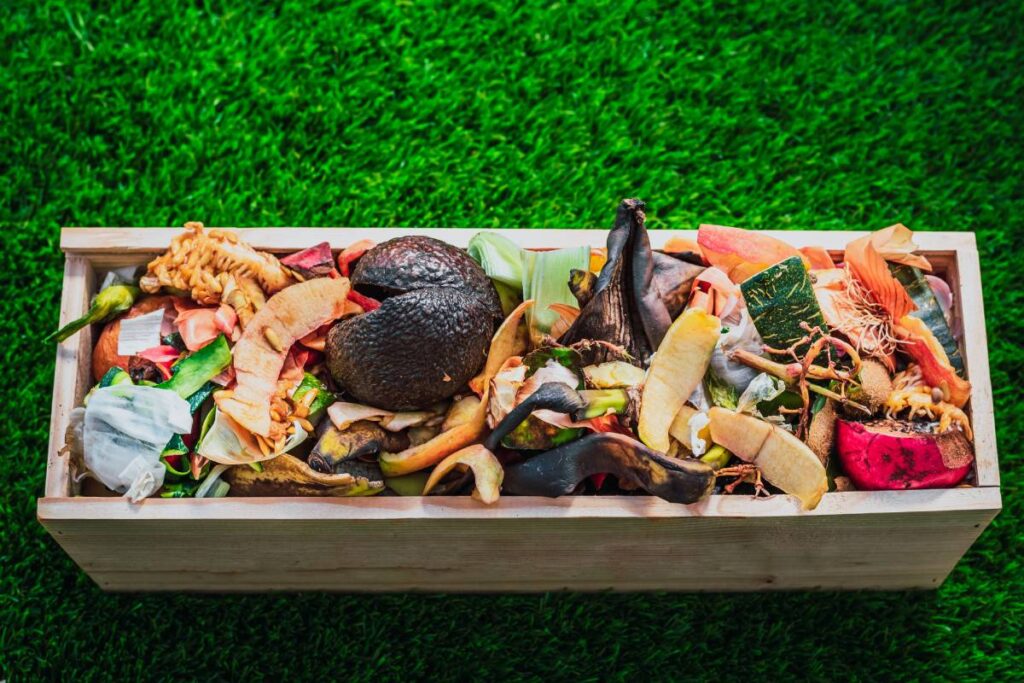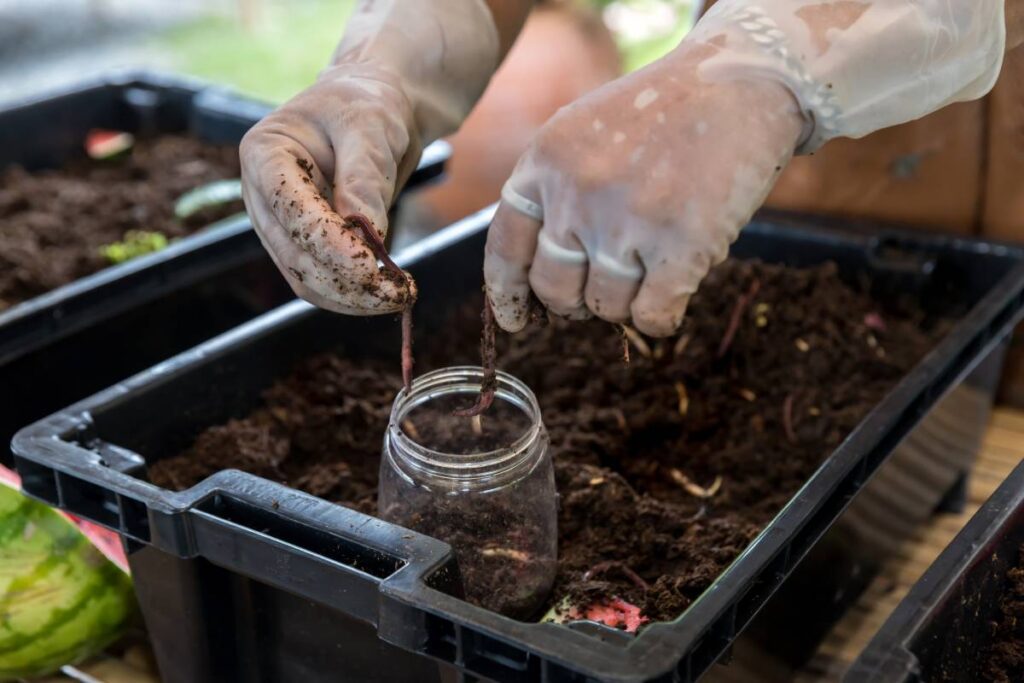Food waste is a global issue, with millions of tonnes ending up in landfills each year. Not only does this contribute to greenhouse gas emissions, but it also represents a missed opportunity to recycle valuable nutrients. By composting food waste, you can transform leftovers into rich, organic fertiliser that nourishes plants and enhances soil health.
This article explores the steps to turn food waste into compost, the benefits of organic fertiliser, and how tools like the Hass Thailand food waste composter can simplify the process.
Why Compost Food Waste?
Composting food waste offers numerous benefits, including:
- Reducing Landfill Waste: Composting significantly decreases the volume of waste sent to landfills, helping to cut methane emissions.
- Creating Nutrient-Rich Fertiliser: Compost is a natural soil conditioner, enhancing soil structure, water retention, and fertility.
- Saving Money: Homemade compost reduces the need for chemical fertilisers and soil amendments.
- Encouraging Sustainability: By recycling food waste, you contribute to a circular economy, turning waste into a resource.
What Can Be Composted?
When composting food waste, it’s essential to balance “greens” (high in nitrogen) and “browns” (high in carbon). Examples include:
- Greens: Fruit and vegetable scraps, coffee grounds, tea bags, and eggshells (or better throw to your dogs).
- Browns: Dry leaves, shredded paper, cardboard, and sawdust.
Avoid composting dairy products, meat, oily foods, and synthetic materials, as they can attract rats and pests or slow the composting process.

Methods of Composting Food Waste
There are several ways to turn food waste into compost or organic fertiliser, each suitable for different spaces and lifestyles.
1. Traditional Composting
This method involves creating a compost pile in your backyard or using a compost bin. Follow these steps:
- Choose a Spot: Select a well-drained area with good airflow and partial sunlight.
- Layer Materials: Alternate layers of greens and browns to maintain balance.
- Turn Regularly: Aerate the pile weekly to speed up decomposition.
- Monitor Moisture: Keep the pile moist but not soggy.
Traditional composting can take several months to yield finished compost.
2. Vermicomposting
Vermicomposting uses worms to break down food waste into nutrient-rich castings. This method is ideal for those with limited outdoor space.
- Set Up a Worm Bin: Use a bin with ventilation holes, bedding (like shredded paper), and red worms.
- Feed the Worms: Add small amounts of food waste regularly, avoiding citrus and spicy foods.
- Harvest the Compost: After a few months, collect the castings to use as fertiliser.
3. Bokashi Composting
Bokashi composting is an anaerobic method that ferments food waste using a special bran. It’s suitable for all types of food waste, including meat and dairy.
- Layer Waste and Bran: Sprinkle Bokashi bran over food waste in an airtight container.
- Seal the Container: Keep it tightly closed to prevent oxygen exposure.
- Bury the Fermented Waste: After two weeks, bury the waste in soil to complete decomposition.
4. Using a Food Waste Composter
For a faster, more convenient option, consider a food waste composter like the Hass Thailand Food Waste Composter.
How the Hass Thailand Food Waste Composter Can Help
The Hass Thailand Food Waste Composter simplifies composting with its innovative features:
- Small Waste Shredder: Breaks down waste into smaller pieces, accelerating decomposition.
- Energy-Saving Technology: Operates efficiently, reducing electricity usage.
- Deodorizing Capabilities: Neutralises odours, making it ideal for indoor use.
- Durability: Built to last, offering a cost-effective solution for managing food waste.
By using the Hass Food Waste Composter, you can dispose of waste economically while keeping your home odour-free. This is particularly beneficial for households with limited outdoor space or those seeking a low-maintenance composting method.
Tips for Successful Composting
To ensure your composting efforts are fruitful, follow these best practices:
- Balance Greens and Browns: Aim for a 2:1 ratio of browns to greens to maintain a healthy compost pile.
- Chop Large Pieces: Cutting food waste into smaller pieces speeds up decomposition.
- Avoid Pests: Cover food waste with a layer of browns and use secure bins to deter pests.
- Use Finished Compost: Apply the compost to your garden beds, potted plants, or lawn as a natural fertiliser.

The Benefits of Organic Fertiliser
Using compost as organic fertiliser offers several advantages:
- Improves Soil Health: Compost adds essential nutrients, enhances microbial activity, and boosts soil fertility.
- Increases Water Retention: Organic matter helps soil retain moisture, reducing the need for frequent watering.
- Supports Plant Growth: Plants thrive in nutrient-rich soil, leading to healthier crops and flowers.
- Reduces Chemical Use: Compost eliminates the need for synthetic fertilisers, making gardening more eco-friendly.
Common Challenges and Solutions
Even with the best intentions, composting can come with challenges:
- Odours: To prevent smells, balance greens and browns and aerate the pile. Tools like the Hass Food Waste Composter help deodorise efficiently.
- Slow Decomposition: Ensure the pile has adequate moisture, air, and a good mix of materials.
- Pests: Avoid adding meat or oily foods and secure your compost bin with a lid.
Getting Started Today
Turning food waste into compost or organic fertiliser is an achievable step toward sustainable living. By choosing a method that suits your lifestyle and incorporating tools like the Hass Thailand Food Waste Composter, you can reduce waste, nourish your garden, and contribute to a healthier planet.
Whether you opt for traditional composting, vermicomposting, or a modern composter, the key is to start small and stay consistent. With time and practice, you’ll not only see the environmental benefits but also enjoy thriving plants and a greener home.








